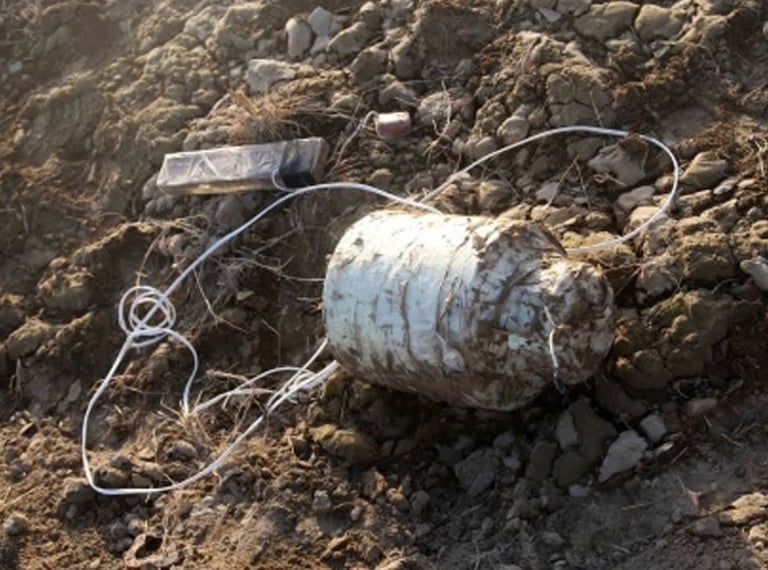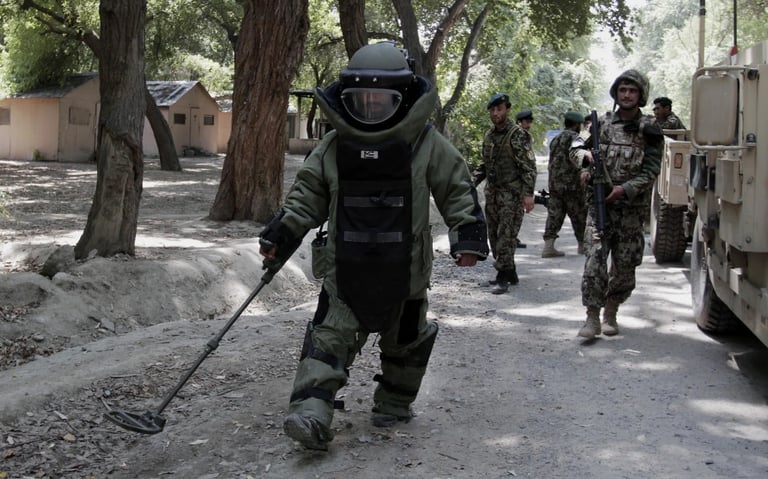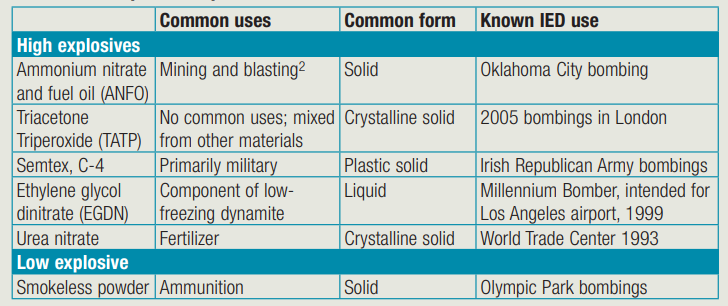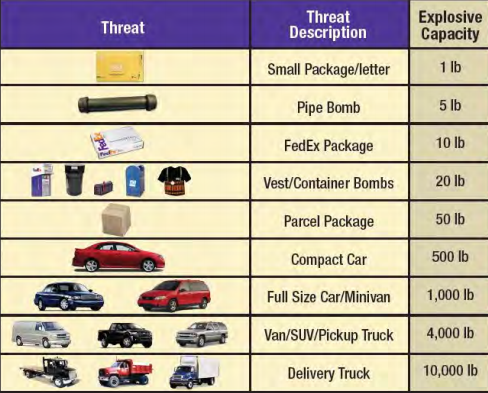Improvised Explosive Devices
Fact for 7/7/2021.
FACTS
An improvised explosive device (IED) attack is the use of a “homemade” bomb and/or destructive device to destroy, incapacitate, harass, or distract. IEDs are used by criminals, vandals, terrorists, suicide bombers, and insurgents. Because they are improvised, IEDs can come in many forms, ranging from a small pipe bomb to a sophisticated device capable of causing massive damage and loss of life. IEDs can be carried or delivered in a vehicle; carried, placed, or thrown by a person; delivered in a package; or concealed on the roadside. The term IED came into common usage during the Iraq War that began in 2003.


IEDs consist of a variety of components that include an initiator, switch, main charge, power source, and a container. IEDs may be surrounded by or packed with additional materials or “enhancements” such as nails, glass, or metal fragments designed to increase the amount of shrapnel propelled by the explosion. Enhancements may also include other elements such as hazardous materials. An IED can be initiated by a variety of methods depending on the intended target.




Many commonly available materials, such as fertilizer, gunpowder, and hydrogen peroxide, can be used as explosive materials in IEDs . Explosives must contain a fuel and an oxidizer, which provides the oxygen needed to sustain the reaction. A common example is ANFO, a mixture of ammonium nitrate, which acts as the oxidizer, and fuel oil (the fuel source). Concern about the use of explosives created from liquid components that can be transported in a stable form and mixed at the site of attack is the reason that in 2006 the U.S. Department of Homeland Security restricted the amount of liquids that passengers can carry on commercial aircraft.


Detection of IEDs presents a real challenge for security screeners, employees, first responders, and military personnel. Training security guards, airport staff, and other personnel to be alert for suspicious behavior and IED indicators is the most common and best defense. Various bomb detection technologies continue to be developed for use in high-risk areas or situations such as airports and high profile events. These technologies include “trace detectors” that identify trace amounts of commonly used explosives in the air, and “millimeter-wave technology” that detects dense objects, hidden under clothes. Explosives-detection dogs, trained to detect and locate chemical explosives, are used in many security scenarios


Source - https://www.dhs.gov/
